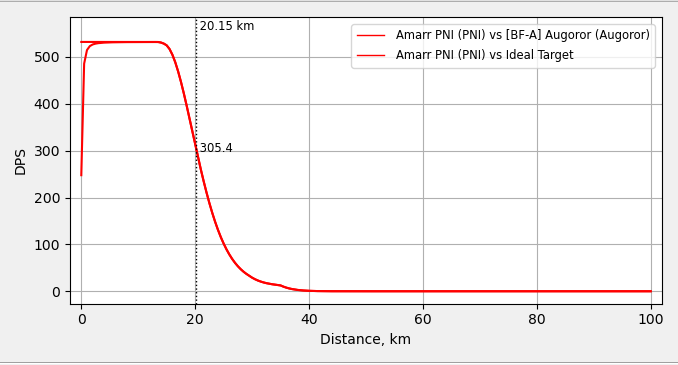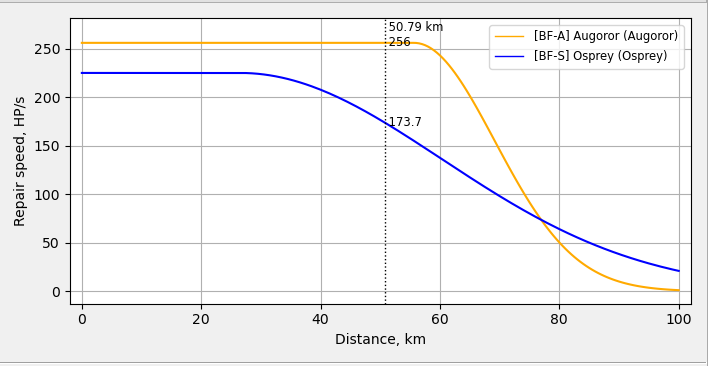Typically, a logistics anchor will ALWAYS be needed for every fleet compositions. This guide will arm you with the fundamental concepts to be a better anchor.
Why do we anchor?
You’ll hear a lot of bullshit grumbling about “F1 anchoring monkeys”, but there’s a very real reason that large fleets anchor: it allows people focus their energy into other things.
Range control, transversal, and speed are easy to juggle when you’re flying in a simple nanogang. Just sit at your maximum range and keep transversal up. Congratulations, you’re better than Hoss Fever.
Fleets don’t have that luxury. There’s a lot more shit going on.
Objectives
There are three major objectives for a logistics pilot.
- Inform the fleet commander of important events.
- Manage transversal and range.
- Manage strategic positioning with the mainline fleet.
Fleet Events
The fleet needs input on whats happening on grid, and it’s up to you to make sure that information is coming in. Here are a few examples of what to call out.
- “Logi are not holding.” Your wing is dying. Sometimes, this is the cost of doing business. It communicates a particular grid state.
- “DPS are not holding.” Your wing is not keeping up with incoming damage. This is more critical, it means we’re fucked and need to look for an immediate extraction.
- “Logi, overheat reps.” We are barely holding, and we’re relying on overheated damage. This communicates several things, and the fleet commander may switch targets to drones, or focus electronic warfare on different targets.
- “Logi, overheat props.” You need to hard burn for transversal or range. This communicates to your wing, and also informs the fleet commander that you’re likely going to be in falloff range for a short period.
- “{Target} is causing a problem.” Scorpion keeping your entire wing jammed? That’s very important information.
Short, open communication is critical for understanding the grid state.
Transversal
Transversal is critical when you’re in a poor position, like landing directly on the enemy.



Your situation changes your burn decisions.
- Landing at 0 on the enemy fleet with close range weapons? Heat and get the hell out, don’t worry about the angle.
- Landing at 0 on the enemy fleet with medium range weapons in their optimal? Sacrificing speed for a 45 degree angle will reduce your damage by nearly 50%.
Range
There are three things to consider when determining range control.
- How far are you from the enemy fleets’ optimal range?
- How far are you from your optimal repair range?
- How far are you from web and jam range?
Are your logistics breaking? You want to be in falloff range, if possible.
Are your mainline friends breaking? You want to be in optimal range, if possible.
Are you <15km from their fleet? You better burn.
falloff
Falloff is extremely important for making decisions on fleet positioning.

What does this graph tell us?
- Being in falloff is much safer for an Osprey than an Augoror.
- Being in optimal is dangerous against medium range weapons for an Osprey, and a combination of weaving is critical.
- A single bad maneuver will kill your armor fleet.
Positioning
These three demonstrations should get the point across.



Failure
You’re going to fail, many times. It’s fine. I’ve been leading fleets for nearly a decade and I still lose ENTIRE fleets from a single positioning error.
Next time the fleet commander asks for a logistics anchor, step up. Follow the information in this guide and you’ll be performing better than 90% of logistics pilots in the entire game.
If they yell at you for failing, they’re probably just projecting for being a trash tier FC.



